Speaker
Description
The Any Light Particle Search II (ALPS II) is a Light-Shining-through-a-Wall experiment under construction at DESY, Hamburg. Its goal is to probe the existence of Axion Like Particles, a possible candidate for dark matter. The proposed region of exploration in parameter space is motivated by hints given by astrophysical anomalies such as stellar evolution. ALPS II might produce axions and reconvert them into photons inside two 125 m optical cavities under the influence of a 5.3 T magnetic field. The expected conversion-reconversion rate in the region of study is on the order of $10^{-5}$ Hz. This requires a sensor capable of measuring low-energy photons (1.165 eV) with high efficiency and a low dark count rate. A first science run in 2022 will be based on a heterodyne detection scheme. As a second option, we investigate a Transition Edge Sensor (TES) system as a photon-counting detector. The TES reacts to the change in temperature produced by a single photon by operating in the transition between the superconducting and normal conducting phases. In this work, the setup of the TES is presented, along with the proposed design to measure its efficiency and linearity. Due to its high sensitivity, the TES is susceptible to the influence of electronic noise and background events. We perform analyses in time and frequency domain and compare these results with simulations to understand the detector's energy resolution. An overview of background simulations using Geant4 is provided.
| Primary experiment | ALPS II |
|---|




